Birds of prey also referred to as raptors, are interesting animals that, as a result of their distinct characteristics and talents, continue to occupy the top position in the food chain.
Texas is home to a huge number of raptors due to its size as the largest state in the continental United States and its exceptional location in the migratory routes of various bird species.
The best thing is that Texas has a fantastic variety of raptors. While some of these raptors migrate from the north during the breeding season, the majority of them are year-round residents.
Read the article to find a list of 20 birds of prey that are found in Texas.
| Image | Name |
|---|---|
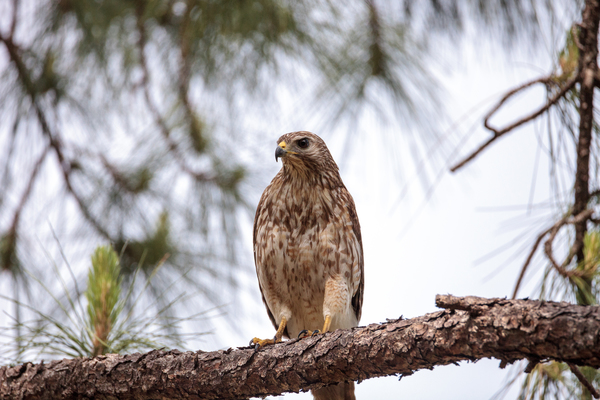 | Red Shouldered Hawk |
 | Red-Tailed Hawk |
 | Sharp-Shinned Hawk |
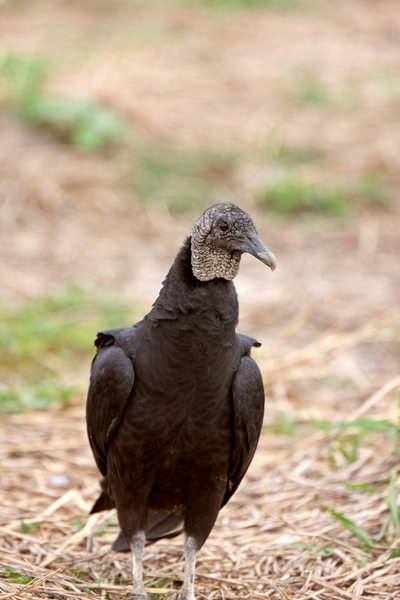 | Black Vulture |
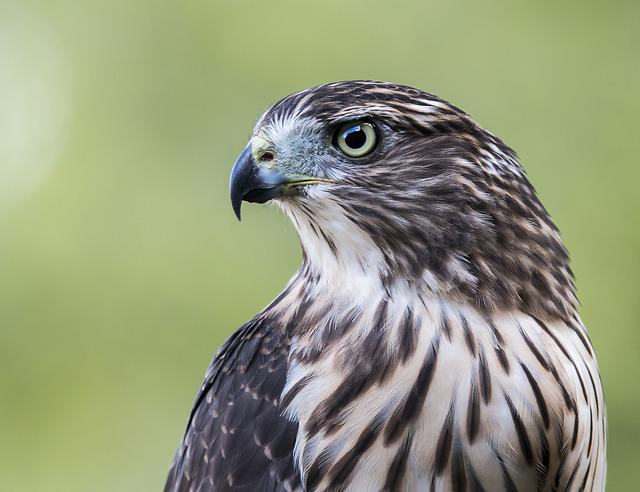 | Cooper’s Hawk |
 | Golden Eagle |
 | Broad-Winged Hawk |
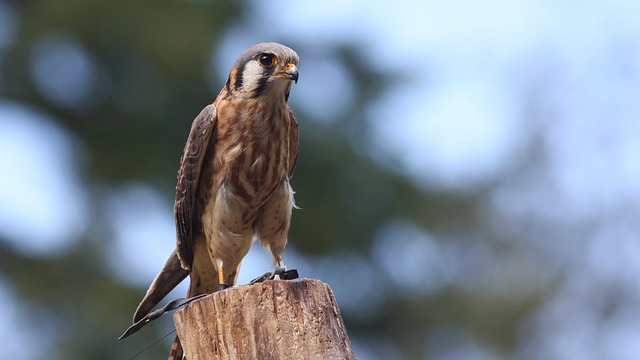 | American Kestrel |
 | Bald Eagle |
 | Ferruginous Hawk |
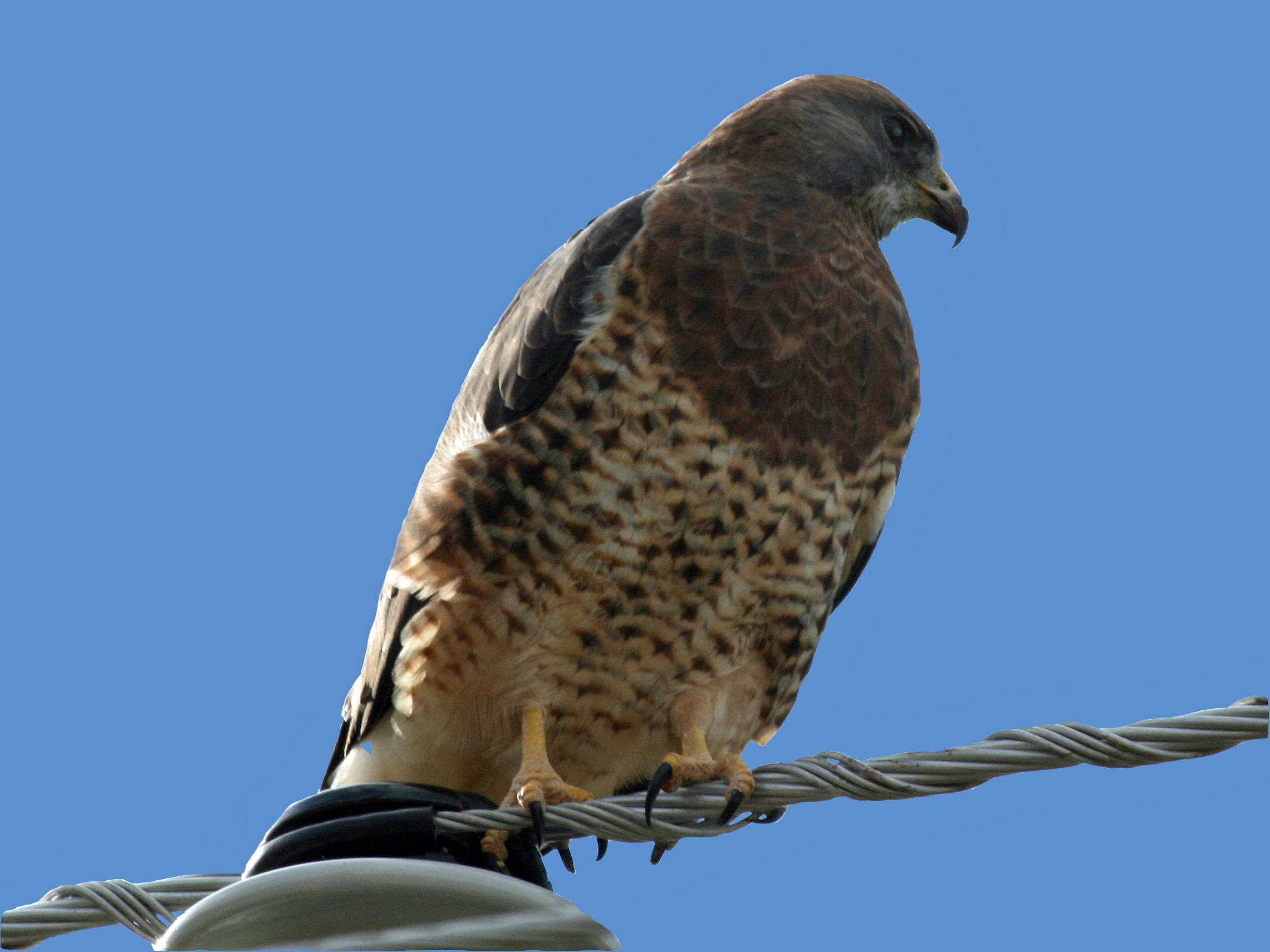 | Swainson’s Hawk |
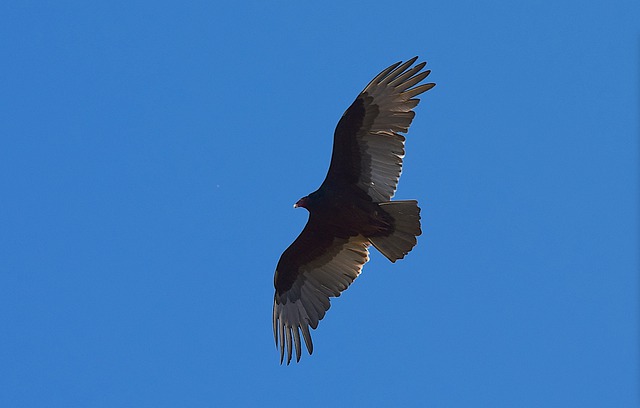 | Turkey Vulture |
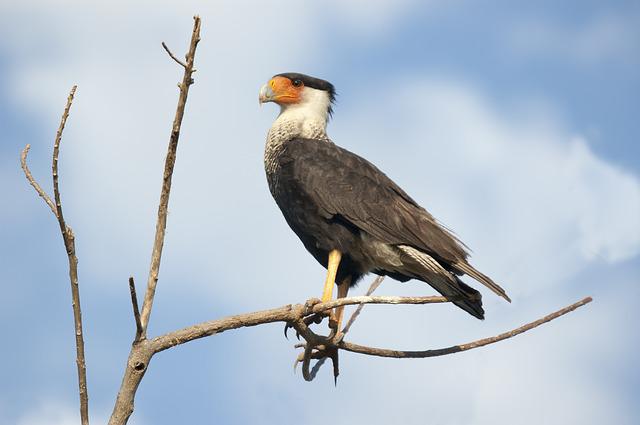 | Crested Caracara |
 | Rough Legged Hawk |
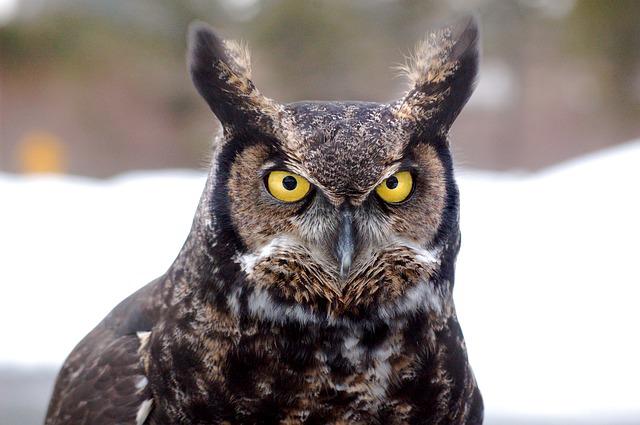 | Great Horned Owl |
 | Eastern Screech-Owl |
 | Snowy Owl |
 | Peregrine Falcon |
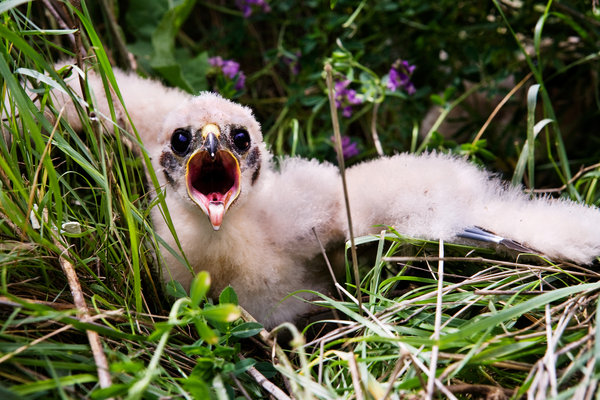 | Prairie Falcon |
 | Great Horned Owl |
Common Birds of Prey in Texas
1. Red Shouldered Hawk

Since the red-shouldered hawk considers the eastern portion of Texas to be its permanent home, it can be seen there all year long from north to south.
The orange breasts, face, and neck, red shoulders, and patterned dark brown and white wings and tail feathers help to identify red-shouldered hawks.
Males and females have identical appearances, although females are around 25% to 30% larger than males.
Habitat
Around mixed deciduous, coniferous forests with open understories, these hawks can be seen. They favor moist forests in particular, especially bottomlands near rivers, swamps, and marshes.
Red-shouldered hawks are raptors that frequently eat crayfish, birds, mammals, amphibians, and reptiles.
The lifespan of a red-shouldered hawk is typically 15 to 19 years, however, captive birds have been known to live up to 26 years.
2. Red-Tailed Hawk

This raptor is widespread in Texas and North America. It lives throughout the entire state all year round.
The red-tailed hawk, which can reach lengths of 17.7 to 25.6 inches and weights of up to 51.5 oz, is one of North America’s biggest raptors. Their wingspan ranges from 44.9 to 52.4 inches.
The size, crimson tails, and piercing screaming of these hawks make them simple to identify. They tend to be positioned high on treetops or telephone wires. They are fun to find, even if they are common.
3. Sharp-Shinned Hawk

Sharp-shinned Hawks are among the most agile and acrobatic raptors in Texas, and they are also one of the tiniest. These raptors frequently pass by your bird feeders or zip through the woods in a flash.
These birds can be recognized by the orange stripes on their upper chest, which fade towards the belly, and by their blue-gray back and wings. Males and females are vastly different in size.
In Texas, forested environments are home to many of these raptors. They are most frequently observed near bird feeders, where they seek and feast on visiting songbirds.
As ambush predators, these raptors wait patiently before bursting out of cover at high speed to pursue birds, which account for 90% of their food.
4. Black Vulture

Black vultures are common in the southern half of Texas, although they are much less common in the northeast.
Black vultures can be identified by their nearly all-black body, which has some grey on the head and feet. Since male and female vultures are not sexually dimorphic, it is difficult to distinguish between them.
Habitat
Black vultures are year-round residents in open and forested environments, with the majority of them preferring lower altitudes.
As scavengers by nature, vultures are just as common in this area, where carrion serves as their main food supply. Although they can eat the same carcass for several days, they prefer to feast on fresh ones.
On rare occasions, black vultures will hunt live prey, though it is usually simpler for them to capture sick or weak animals or birds.
Black vultures can live up to 30 years in captivity; however, they typically only live for about ten years in the wild.
5. Cooper’s Hawk

In Texas, wooded areas and the edges of fields are frequent places to spot these raptors. A Cooper’s Hawk’s agility in the air is well known.
These raptors are frequently seen in backyards near bird feeders and are mostly songbird eaters due to their extraordinary flying abilities.
They resemble the Sharp-shinned hawk almost exactly, even down to the small black cap that they both wear and the rufous-colored chest.
The size differential is the BEST indicator of how these hawks differ from one another. Sharp-shinned bats are smaller than Cooper bats. But good luck identifying which one you are watching if they are in the air!
6. Golden Eagle

In contrast to the rest of the state, where they are far less common, you can view these eagles year-round in northeast Texas.
Golden eagles can be identified by their primarily light and dark brown plumage, their yellow feet, and their black beaks that tip downward.
In places like Scotland and many regions of North America, these eagles spend most of their time in open moorlands and mountains.
If they come across a dead carcass, they will devour it.
In the wild, these eagles are known to live for about 14 years, but in captivity, they can live well into their early 30s, with the longest one being 32 years old.
7. Broad-Winged Hawk

The small and stocky bodies of Broad-winged Hawks make them perfectly suited to living in the forest. Although these raptors are extremely frequent and dwell throughout Texas, it is uncommon to observe them because they prefer to spend their time in remote areas away from people.
Most people know about broad-winged hawks from their spectacular fall migrations. The average bird is thought to fly about 4,000 miles in total, just one way, and they have to make this journey twice a year.
8. American Kestrel

Since American kestrels live in Texas all year long, you should be able to see them there from spring to winter.
These kestrels can be identified by their spotted orange, grey, black, and white plumage, which includes an orange back with a black horizontal pattern, grey wings, black tail feathers, and orange flanks with a grey and white head that has two vertically oriented black lines near each eye. Most females are light brown in color.
American kestrels can be found in a range of open or semi-open settings, including farmland, deserts, and clearings in forests.
They consume a variety of foods, including voles, small mammals like wood mice and shrews, tiny birds, insects, and earthworms.
The average lifespan of an American kestrel in the wild is five years; however, captive-bred individuals have been known to live up to 17 years.
9. Bald Eagle

The Bald Eagle is the country of America’s national bird. Although it comes to Texas as early as August, it is not a permanent resident. Early October to late May is when you’ll see the bald eagles on the ground. Big birds of prey, bald eagles are.
Their wingspan ranges from 71 to 93 inches, and they can weigh up to 13 pounds. Fish is their main source of food. They consume small mammals and birds in the absence of fish.
While few birds from further north may remain in the state during the summer breeding season, bald eagles can be seen in Ohio throughout their non-breeding season.
Bald eagles have a similar appearance in both sexes.
Habitat & Food
These eagles are typically found near lakes and reservoirs with large populations of fish and the adjacent woodlands.
In the winter, you can frequently spot them around unfrozen lakes and while hunting along the shorelines of reservoirs and rivers.
These eagles hunt other birds, medium-sized mammals like rabbits and hares, as well as other creatures like reptiles and fish.
When their options are limited, they will also consume carrion. Because they only consume meat, bald eagles would also be considered carnivores since they are sometimes recognized as “fish eagles” due to their diet of fish.
10. Ferruginous Hawk

The vast deserts and prairies of the West are home to the stunning ferruginous hawk. They are one of the biggest raptors in Texas and have long, broad wings as well as a broad, grey, rusty, or white tail.
Ferruginous Hawks have a rather restricted diet and primarily eat small animals. It’s interesting that they employ a variety of hunting techniques.
Their alarm call, which usually sounds like “kree-a” or “kaah,” is made when defending territory or when they are scared. Some individuals believe it has gull-like vocalizations.
11. Swainson’s Hawk

A raptor native to the western United States, Swainson’s Hawks are frequently seen flying overhead or perched in trees, telephone poles, or fence posts in open spaces.
Every April, these raptors land in Texas, where they spend the summer months nesting and rearing their young. They set out on a LONG trek to Argentina at the end of August or the beginning of September! If you’re keeping track, that takes up to two months and covers about 6,000 miles.
Swainson’s Hawks frequently congregate in big “kettles” with other migratory birds like Broad-winged Hawks and Turkey Vultures.
It’s possible to observe THOUSANDS of raptors soaring together at once in some locations where natural funnels form, which resemble an actual river of birds.
12. Turkey Vulture

The south, east, and west of Texas are year-round home to these vultures, but the rest of the state only sees them during the spring and summer when they are laying their eggs.
The bottom of the turkey vulture’s wings, which are lined with silver or grey, adds contrast to the bird’s overall brownish/black plumage. The head is pinkish-red with black accents, and the beak is a delicate shade of white.
Turkey vultures can be seen living in both open and forested areas throughout North America. They will even stay in lower-elevation mountain regions.
Turkey vultures mostly consume carrion, although they will also consume insects, birds, amphibians, and dead reptiles. These vultures can eat the same cadaver over a period of days, just like other vultures, but on the whole, they prefer fresher carrion.
13. Crested Caracara

Texas welcomes the Crested Caracara as a permanent inhabitant. The male is, as one might think, smaller than the female.
They measure nearly 4 feet in length overall and are about 22 inches long. The maximum weight for males is 46 ounces, while the maximum weight for females is 3 pounds.
The fact that crested caracara doesn’t have particular food preferences makes them special. Although they consume a variety of small animals, whether they get their prey alive or dead is of no concern to them.
14. Rough-Legged Hawk

The Arctic tundra is where rough-legged hawks, also known as rough-legged buzzards and rough-legged falcons, spend their summers living and reproducing.
Only during the winter, when they move south, can you see these big raptors in Texas. This species of hawk, unlike most hawks, has feathers down to their feet, which aids in keeping them warm in the chilly regions they choose to reside in.
These bulky, huge raptors can be seen in wide spaces. They hunt in an unusual way, hovering and peering into the wind for prey. They are actually one of the rare raptors that actually hovers.
Except when they’re close to the nest, these raptors are usually silent.
15. Great Horned Owl

The Great Horned Owl frequently has an orangey face with striking black and white lines that resemble tiger stripes.
Since most predators prefer to remain unseen, it features horizontal bars on its underside to resemble tree branches when viewed from above and mottling in “tree colors” on its top to resemble “leafy” growth.
These raptors are enormous and appear fierce! For identification, keep an eye out for the long feather tufts on their head that mimic ears.
Both sexes hoot, albeit men hoot at a lower level than women.
16. Eastern Screech-Owl

In Texas, wooded areas are home to these little raptors. They don’t appear to bother people too much because they seem at ease making their nests inside crowded buildings, adjacent to busy roads and highways, or on top of street lamps.
The most well-known hoot, call, and song produced by Eastern Screech-owls is an even-pitch trill that is frequently referred to as a tremolo.
The tremolo, which lasts for three to six seconds, is a communication tool utilized by pairings.
17. Snowy Owl

With a height of 20.7-25.2 inches (52.5-64 cm), a wingspan of 48-60 inches (1.2-1.5 meters), and weights ranging from 3.2-4 lb (1,465-1,800 grams), this bird is definitely large.
Snowy owls are predominantly white, but all parts of their body, excluding the face and breast, feature horizontal black lines. Strangely, people seem to become whiter as they age.
Snowy Owls move along with the seasons. They breed in the northern tundra during the summer. However, these birds migrate south as winter approaches.
The journey south of a snowy owl is unpredictable. Snowy Owls rarely venture south of the northern USA during the winter months. However, occasionally there is a Snowy Owl “irruption,” and a large number of birds move south in excess of usual.
18. Peregrine Falcon

Peregrine Falcons are raptors that can be found all throughout Texas and, with the exception of Antarctica, on every continent.
These raptors are ubiquitous in cities and can even become local celebrities due to their love of making nests on the sides of towering structures!
Individual birds and different sexes of birds do not significantly differ in color. The backs of both sexes are slate grey/bluish-black with a light bar. Their breast ranges from white to tan and has faint, black markings.
Young birds frequently have significantly darker brown plumage than adults. Similar to almost all falcon species, females are bigger than males.
19. Prairie Falcon

This raptor can be found in Texas’s open spaces. Prairie Falcons can be found specifically in pastures, farm fields, shrubby deserts, and grasslands. If there are too many trees around, you probably won’t see this lovely raptor!
Both the Prairie Falcon and the Peregrine Falcon have comparable appearances. These two species actually split off from one another roughly 4 million years ago. Although they are around the same size, the Prairie Falcon is much lighter and hence eats less food.
They’ve been seen taking up excrement, carrying it above them, dumping it, and then catching the cow manure just as it’s about to strike the ground. This activity is supposed to help them hone their hunting skills. Practice makes perfect, as they say!
Although prairie falcons are usually silent, when protecting their nest or territory, they will emit the alarm call (kik-kik-kik-kik).
20. Great Horned Owl

Since Texas is a permanent abode for great-horned owls, it is a place where they can be seen all year round.
The brown/gray color of these enormous horned owls makes them easy to see, but their distinctive feature is a tuft of feathers that resembles a horn or an ear on top of their heads. Great horned owls have similar male and female appearances, with the females being somewhat larger in size.
Food & Habitat
These birds would sit on a branch or a tall structure at night to search the area for food. These birds consume smaller prey, such as rodents, frogs, and scorpions.
The most typical habitats for great horned owls include deserts, wetlands, woodlands, grasslands, backyards, cities, and semi-open environments between the Arctic and the tropics.
Check out this article on Types of Eagles in Texas.
Conclusion
In this article, you have learned about the twenty birds of prey or raptors that are found in Texas. You can read the article to find the details about the twenty beautiful birds that you can find in Texas.
FAQ
What Hawk Is The Largest In Texas?
The largest hawk in North America is the ferruginous hawk. It appears every bit the traditional hunter it is, with a bulging chest and fierce eyes. The adult is, as its name suggests, white below and brown above with rusty streaks.
Last Updated on June 29, 2023 by Lily Aldrin

I have seen a small raptor and would like to know what it is. It has a delta shaped wing and spots on it tail feather like a jaguar large dark circle, medium size grey circle are and then a small dark circle. I live in wise county in North east Texas.